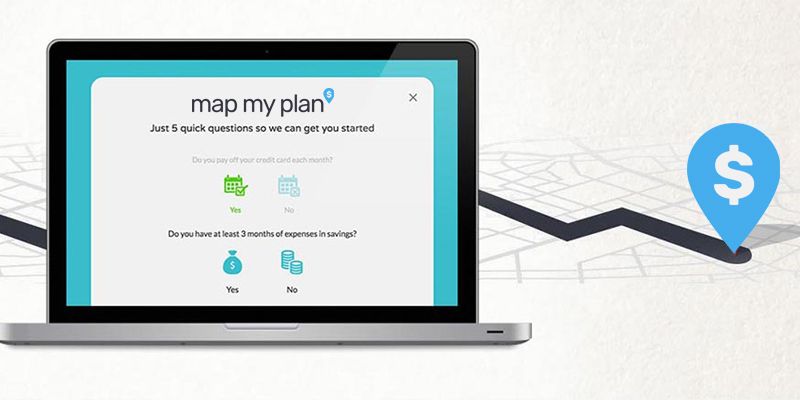
How you can save $636 a month on your home loan
More than 320,000 homeowners who are struggling to repay their mortgage, have been approved for a loan deferral, or a ‘mortgage holiday’, according to the Australian Banking Association.
While the ‘mortgage holiday’ might seem like a great deal, be warned. For the banks, the holiday might incur short term pain, but long-term gain. At the end of this period, you will have to pay back what is owed, with interest.
Kristy Lamont, the Director at Mozo said it is best to look at other options and use the ‘mortgage holiday’ as a last resort.
And, she suggests that there is a way you could save around $636 a month on your home loan.
“Many Australian households are under extreme financial stress right now, and a mortgage is often their main expense. There are a number of options to help you, depending on your situation. If your family has lost a large portion of your income, then asking your lender for a mortgage holiday is an option worth exploring,” she said.
“This will pause your repayments, however, ask your lender if you can extend the term of your mortgage to match the length of your mortgage holiday, otherwise, when the holiday period is over, your repayments will be higher than before the pause,” she said.
Ms Lamont warns, if you have a 25-year loan of a $400,000 at the average variable interest rate of 3.44 per cent, you will pay an additional $45,000 in interest if you extend the term of your loan by just five years.
She has suggested that if you want to avoid the ‘mortgage holiday’ and want to avoid applying for hardship, Ms Lamont says consider switching from principal and interest payments to interest payments.
“For the average owner-occupier loan of $400K with the average variable interest rate of 3.44%, this would lower monthly repayments to $1,147, giving you an extra $636 each month,” she said.
“Otherwise if you can, there are record low interest rates. Now is a time to switch to a better deal. Fixed term rates are particularly low at the moment, and if you want a set payment for the next two years, then there are some great options available.”
She also suggested that if consumers are worried about job prospects, fixing your loan for the next few years could hedge against any future interest rate increases.
“With variable loans, it pays to compare products before you lock in a rate. Many lenders are offering low interest rates for one, two, and three-year fixed home loan rates. If you are feeling uncertain about your finances, locking in a set repayment could be a great option. While fixing your home loan will offer protection from any future rate rises, it’s worth remembering that if you need to exit the loan for any reason you may incur break fees and when the loan period ends you need to watch out for hefty reversion rates,” she said.
“It’s important to look at all your options before considering getting a new line of credit to pay your mortgage. Start by calling your lender and asking for a better variable rate, as many lenders have significantly lowered their variable rates for new customers, but only partially lowered interest rates for existing customers. If your lender can’t offer you a better deal and you’re in the position to refinance, consider switching to a provider with lower interest rates.”





















